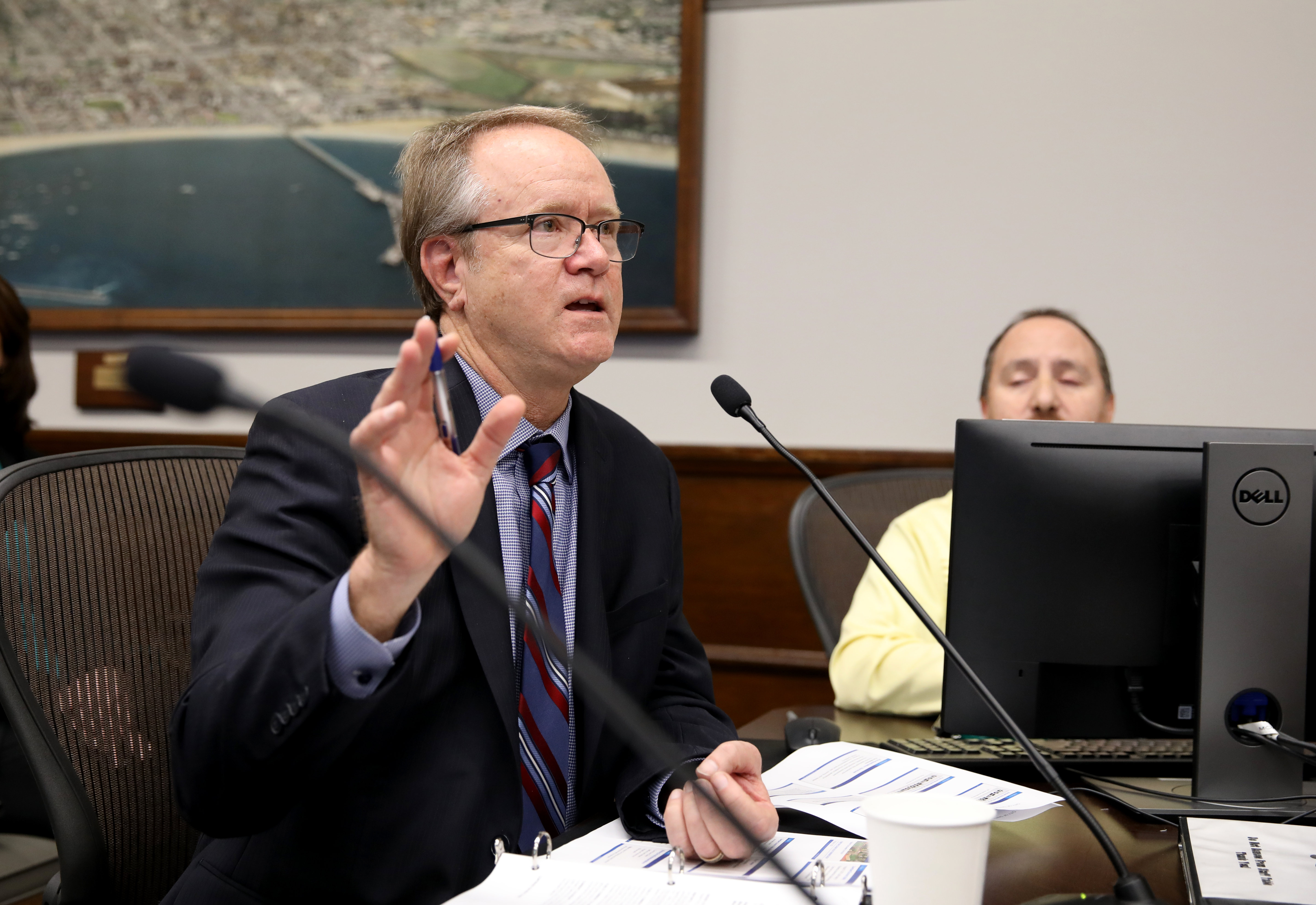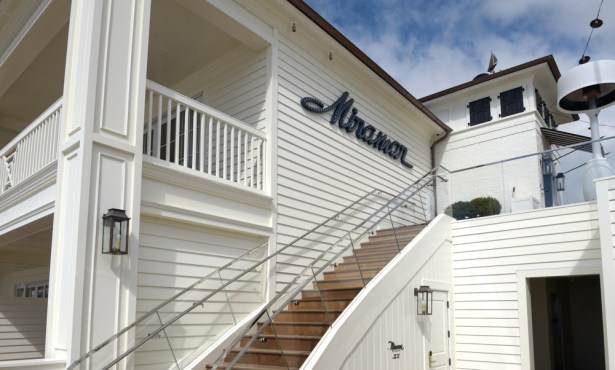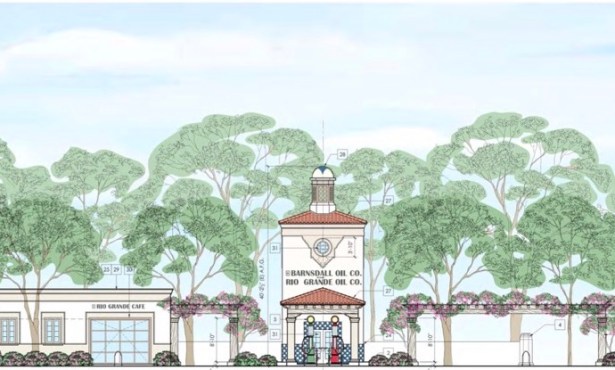A Day of Reckoning for Santa Barbara’s Community Development Department
Three Separate Reports Find Similar Faults in City’s Lengthy and Burdensome Review Process

It was a day of hard truths for the City of Santa Barbara’s Community Development Department and design review boards as three different reports published by three different groups all arrived at the same conclusion ― the land development process, while well-intentioned to preserve the city’s Spanish colonial style and character, has evolved over the years into a confusing warren of codes and regulations applied inconsistently by staff who often exceed their purview and trigger costly delays.
The reports, presented to the City Council this Tuesday, were drafted by the Novak Consulting Firm, the Santa Barbara County Grand Jury, and the newly created COVID-19 Business Advisory Task Force. Their findings codified many of the complaints voiced in recent years by private planners, architects, and property owners who say they’ve been unfairly stymied by the burdensome review process. While the frustrations are shared by both residential and commercial developers, the studies were largely prompted by State Street’s critically high vacancy rates.
Novak’s Jonathan Ingram — who conducted his fact-finding mission by interviewing 55 city staff, convening six large stakeholder meetings, and collecting surveys from customers — began by acknowledging that land development, by its very nature, involves conflict. Competing interests inevitably collide. Builders want to finish projects as quickly and cheaply as possible, the city wants to make sure all zoning and safety requirements are met, and neighborhood groups want to preserve the look and feel of the community. Those tensions are not unique to Santa Barbara, Ingram said. What is unique is lack of a consistent working philosophy among staff.
“Some staff see their role as serving customers and getting to ‘yes,’ while others view themselves as guardians of the process,” his report states. “There is a need to protect the guidelines and standards that have made Santa Barbara the beautiful community it is; however, there is also a need to provide a level of customer support that helps applicants advance a project efficiently within the framework of existing regulations.”
Similarly, Ingram went on, he found that some staff see narrow project applications as an opportunity to review entire properties for compliance with historic plans and the latest design guidelines. “This results in scope creep for a project, forcing applicants to address a myriad of issues on the property rather than just the project they submitted for review,” he wrote. “This can expand the cost and timeline of a project.” Big-picture-wise, these issues need to be addressed by creating a unified vision and sense of purpose among staff, he said. That comes from support and direction from senior city leaders.
Drilling down into specific issues, Ingram found irregularities in how a project even starts along the approval pipeline. He likened it to a “choose your own adventure” book, where applicants can begin with an overall design review, sit one-on-one with staff, or gather comments from various departments. This creates confusion and communication problems, Ingram said. Similarly, the screening criteria to determine if an application is complete, as well the decisions that are made over how it is routed among the city’s various workgroups, are all over the map, Ingram said. “This inconsistent workflow leads to some disciplines being left out of the process altogether or coming in much later, and the customer experiences a ‘late hit,’” he said.
Santa Barbara ought to define standards for when previously approved plans are resubmitted to design boards, Ingram went on, because the current method drags down proceedings and “is often in response to minor adjustments (e.g., changing a window location or guard railing material),” he said. The city should also create direct, objective guidelines for each design review board because the existing instructions “are often highly subjective and, in some cases, unclear”; transition to electronic plan submittal and review by fully implementing the new Accela software purchased last year; assign a single building plan checker throughout the length of the project instead of spreading it among many; better integrate private stormwater regulations with broader infrastructure planning; and recalibrate turnaround expectations for building inspectors, who are now hustling to perform a dozen inspections a day.
While the Grand Jury echoed the Novak report in many respects, it also made a point of calling out upper management at the Community Development Department (CDD). “While all experiences were not the same among the individuals the Jury interviewed, the common theme was the CDD department suffered from a lack of strong leadership,” the Jury report stated. “This lack of leadership manifested itself in allowing a culture that was not customer friendly with some of the staff not interested in helping projects get permitted.” The Grand Jury also said it discovered a “no growth” bias among some employees and low morale among others.
In its list of 10 recommended improvements to the city’s permitting process, the COVID-19 Business Advisory Task Force touched on a similar theme. “Adoption and implementation of these recommendations will not be successful absent a substantial change to the Community Development Department’s workplace culture,” it stated. Among the suggestions were assigning single plan checkers, limiting the scope of reviews, and fully adopting Accela.
Jarrett Gorin, a Santa Barbara planning consultant who participated in the Novak focus groups, agreed with many of the points made on Tuesday, but he accused Ingram’s final report of “soft-pedaling” some of the concerns expressed about the CDD, which is currently overseen by director George Buell, who reports directly to City Administrator Paul Casey. Gorin suggested the council ask for the meetings’ raw notes to get a truer reflection of the discussions.
He also pressed the council to exercise its authority to ensure changes are made. “Are we going to see any meaningful improvements?” he asked. “Not unless you demand it. Not unless you hold staff accountable, and I’ve never seen that happen before. I really hope it does this time.”
At the Santa Barbara Independent, our staff continues to cover every aspect of the COVID-19 pandemic. Support the important work we do by making a



